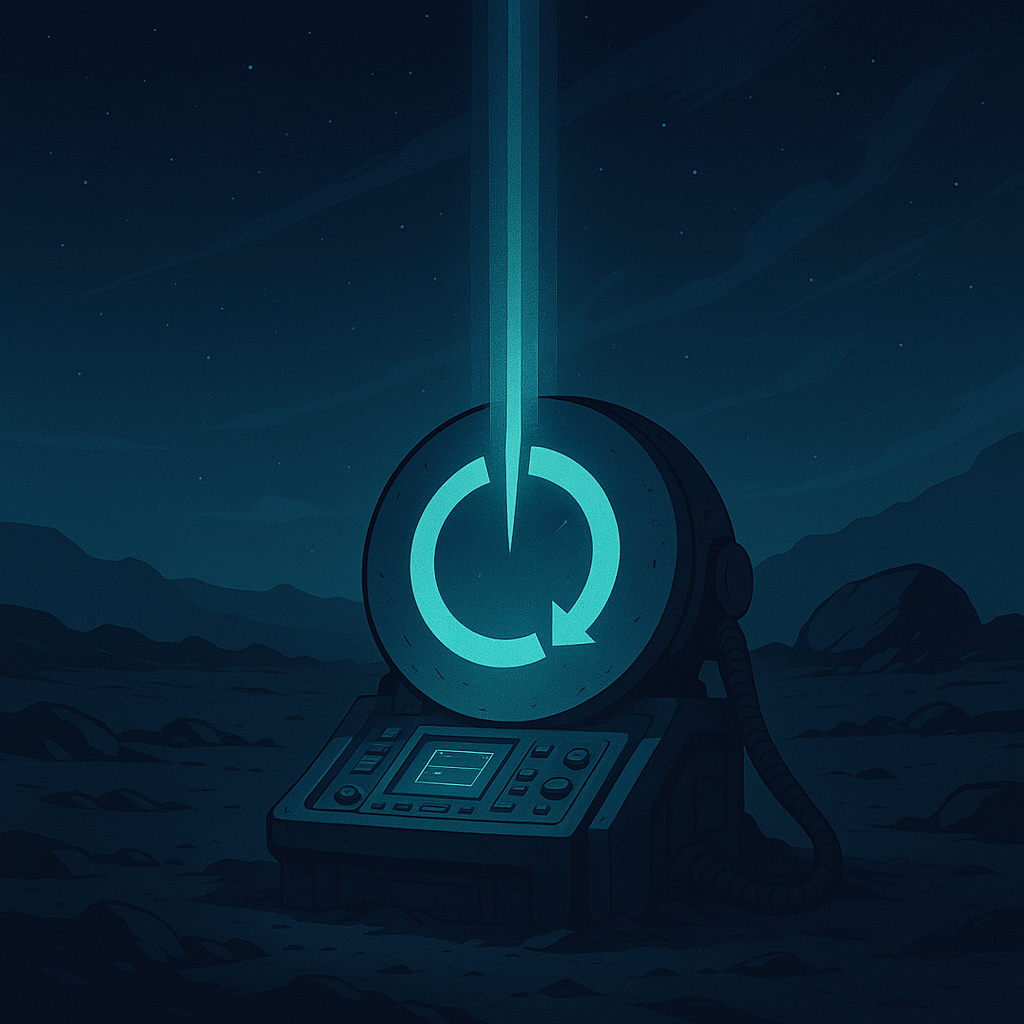Is It Time to Hit Reset on Your HubSpot Portal? A Guide to Re-Implementations and Optimization
When good HubSpot setups go bad (and how to fix them) Your team implemented HubSpot a few years ago. Maybe you hired an agency, maybe you did it...
5 min read
 Emma Cooper
Nov 18, 2025 5:32:29 AM
Emma Cooper
Nov 18, 2025 5:32:29 AM
If there's one universal HubSpot pain point, it’s this: “Why do my workflows keep breaking?”
Whatever the scenario, workflow failures aren’t random. They’re symptoms - and they’re trying to tell you something about the health, structure, and maturity of your HubSpot setup.
This guide breaks down the most common reasons automations break, what each one reveals about your CRM, and what you can do to fix them (properly) so you’re not stuck firefighting the same issues.
Workflows rely entirely on data being clean and predictable. But if your CRM contains inconsistent values, outdated fields, wrong lifecycle stages, multiple lead sources, or duplicate companies, your automations can’t do their job reliably.
Common symptoms:
Contacts skipping steps
Deals created with the wrong data
Enrolment criteria not triggering
Segments and lists becoming inaccurate
What to do:
Use Data Quality Command Center to spot inconsistencies
Standardise high-impact properties (lead source, lifecycle stage, deal stage)
Delete or hide unused properties
Use Data Hub workflows to clean up data continuously
Set naming conventions for fields and processes
The insight:
If your automations break due to data, the issue isn’t the workflow - it’s the underlying CRM hygiene. Fix the foundation, and everything downstream becomes more stable.
If multiple workflows update the same field - lifecycle stage, lead status, deal properties, custom qualification fields - it’s only a matter of time before they conflict.
Signs of overlapping automation:
Properties constantly updating back and forth
Contacts enrolled in multiple nurture paths
Lifecycle stages overridden incorrectly
Unexpected pipeline movements
What to do:
Map out every workflow touching your core properties
Consolidate duplicative logic
Use naming conventions to distinguish nurture, admin, and operational workflows
Add documentation inside each workflow for clarity
Move data-cleaning actions into Data Hub workflows instead of marketing/sales workflows
The insight:
If everything is automated everywhere, nothing is controlled.
You need a system - not “lots of workflows.”
Many workflows fail because their enrolment criteria is “close” - but not precise enough.
Typical examples:
Triggering based on a form submission but not checking if the person already followed a path
Triggering based on one field without confirming others
Using “Contact has filled out ANY form”
Forgetting to exclude customers or internal test contacts
What to do:
Make triggers multi-conditional
Add disqualification criteria to prevent accidental enrolments
Use “re-enrollment only when X changes” logic
Build exception paths so contacts don’t get stuck
The insight:
Loose triggers reveal a workflow system created over time - not one initially built with clarity and future growth in mind.
Workflows break because something else changed:
a form, a field, a pipeline, a naming structure, or a list that the workflow depended on.
The moment you tweak an upstream element, that workflow can lose its logic.
Examples:
A lead qualification form is updated → nurture automation stops working
Deal stages are renamed → reporting and task workflows collapse
A list is deleted → half your automation loses enrolment criteria
What to do:
Document your automation architecture
Audit all dependencies before making updates
Use folders and naming conventions to group related assets
Keep “master lists” clearly labelled and protected
The insight:
Your automations are only as stable as the system around them.
If nothing is documented, everything becomes fragile.
Many companies create one giant “mega-workflow” that tries to manage everything:
lead scoring
lifecycle stages
handoff
data cleanup
notifications
property updates
branching logic
exceptions
When a workflow is too big, it’s much harder to troubleshoot - and far more likely to break.
What to do:
Break large workflows into smaller logical units
Use one workflow per purpose (e.g., “Lifecycle Management,” “Lead Assignment,” “Notification Logic”)
Create container workflows for grouping actions
Move simple data updates into Data Hub
The insight:
A workflow breaking because it’s too big is a sign your automation strategy needs structure, not patching.
If two teams disagree on what an MQL, SQL, or SAL is - no automation will ever work properly.
Signs of misalignment:
Leads moving into the wrong lifecycle stage
Sales dismissing leads that marketing thinks are qualified
Marketing re-enrolling leads Sales disqualified
No consistency in how lead status is updated
What to do:
Gather teams and redefine lifecycle stages
Standardise qualification definitions
Enforce required fields
Build automation around agreed rules
Use reporting to hold both teams accountable
The insight:
Workflow issues here reveal a strategy problem - not a technical one.
HubSpot evolves fast. Your business evolves fast. Workflows do not - unless you update them.
If your automations haven’t been reviewed in:
12 months
after a major business change
after a new product launch
after a Sales team restructure
after a CRM integration
…they’re probably misaligned.
What to do:
Conduct an annual workflow audit
Identify everything outdated or unused
Review logs for common error patterns
Rebuild rather than patch if needed
Move to a more future-proof architecture
The insight:
A workflow breaking today may mean it was built for a version of your business that no longer exists.
To permanently reduce workflow failures:
Clean your data
Reduce workflow overlap
Standardise naming and documentation
Tighten enrolment criteria
Review dependencies regularly
Separate logic into clean, modular workflows
Align Sales + Marketing definitions
Build a predictable automation architecture
If you fix these underlying issues, workflows don’t just “stop breaking” - your entire CRM becomes more efficient, predictable, and scalable.
If your automations keep breaking, you don’t necessarily need to rebuild everything - you just need the right eyes on your setup.
Profoundly connects you with a vetted HubSpot expert who can:
Audit your workflows
Rebuild broken automation systems
Clean your data
Fix lifecycle logic
Create an automation blueprint that won’t fall apart next quarter
Optimise your Data Hub setup
👉 Post your project today and get matched with a HubSpot automation specialist.
Profoundly helps HubSpot users solve problems fast by matching them with vetted specialists across CRM, Data, automation, data, CMS, and strategy. Whether you need a one-off fix or full portal optimisation, Profoundly helps you get HubSpot working the way it should.
Emma Cooper is Marketing Manager at Profoundly. With more than 10 years in digital marketing and 5 years specializing in HubSpot, Emma brings deep expertise in implementation, troubleshooting, and optimization within agency environments. Her work focuses on helping clients unlock the full potential of HubSpot through practical strategy, clean architecture, and data-driven performance.
Usually due to inconsistent data, overlapping logic, vague triggers, dependency changes, or outdated architecture.
Use workflow logs, dependency maps, and a property-change audit to identify where logic overlaps.
You don’t need it - but Data Hub dramatically improves data quality, which is the #1 cause of automation failures.
At least annually, or after any major business or CRM change.
Yes - Profoundly can connect you with a vetted automation expert who can audit, fix, and rebuild your system properly.

When good HubSpot setups go bad (and how to fix them) Your team implemented HubSpot a few years ago. Maybe you hired an agency, maybe you did it...

Most HubSpot portals aren’t broken - they’re simply unfinished. And that quiet inefficiency is costing companies far more than they realize.

For many businesses, HubSpot represents one of the largest recurring line items in their marketing and sales stack - but not always one of the most...